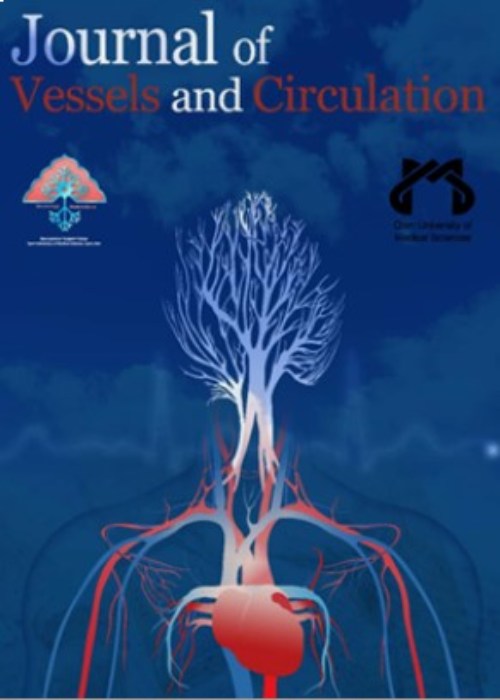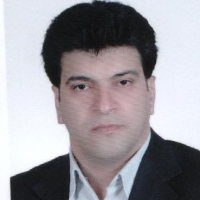Evaluation of 8 Weeks of Different Muscle Tensions on Some MicroRNAs Related to Angiogenesis of Muscular Hypertrophy of Bodybuilders
Angiogenesis is the most important foundation of exercise-induced hypertrophy. This study aimed to investigate the effect of 8 weeks of different muscle tension training on some microRNAs related to angiogenesis and muscle hypertrophy in bodybuilders.
The present study is a quasi-experimental study with a pre-test-post-test design. The study groups included resistance training group 1 (10 people), resistance training group 2 (10 people), and the control group (10 people). The study subjects were selected from male bodybuilders who have done regular training for at least three years and are aged between 25 and 30 years. The study was explained to them, and 48 hours before and after the test, 5 mL of blood was taken from each sample. Descriptive statistics, including Mean±SD, charts and tables, and inferential statistics, including analysis of variance (ANOVA) and post hoc test, were performed using SPSS software. First, the Kolmogorov-Smirnov test was used to determine the normality of the data. Then, to compare the differences between the groups, the ANOVA was used, and if it was significant, the Bonferroni post hoc test was used.
This study showed that resistance groups 1 and 2 significantly increased miR-1 in bodybuilders. Also, group 1 had a greater effect than resistance group 2. The results showed that resistance training in different time points and sets had different effects on molecular pathways of hypertrophy. So, two hours after resistance training, mir-1 levels did not increase significantly, but 4 hours after resistance training, the levels of these microRNAs increased. This study showed that group 1 had a more significant effect on miR-206 levels than resistance group 2.
The results of this study indicated that resistance training significantly increases the vascular endothelial growth factor (VEGF) levels of bodybuilders. Also, the results showed that in group 2, an increase in VEGF levels led to a greater effect on angiogenesis in these samples.
- حق عضویت دریافتی صرف حمایت از نشریات عضو و نگهداری، تکمیل و توسعه مگیران میشود.
- پرداخت حق اشتراک و دانلود مقالات اجازه بازنشر آن در سایر رسانههای چاپی و دیجیتال را به کاربر نمیدهد.



